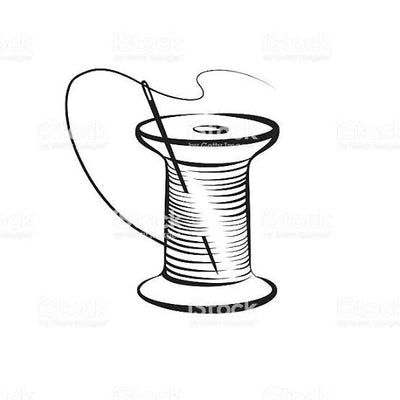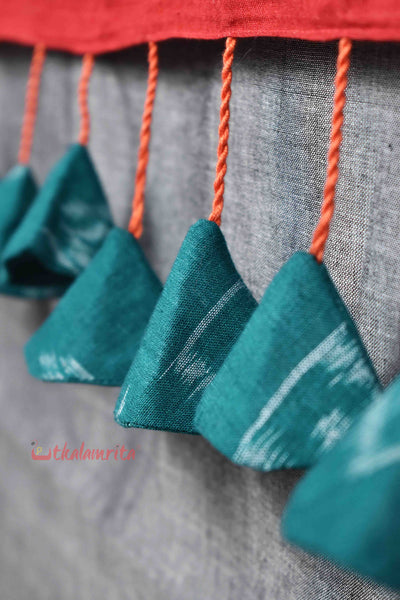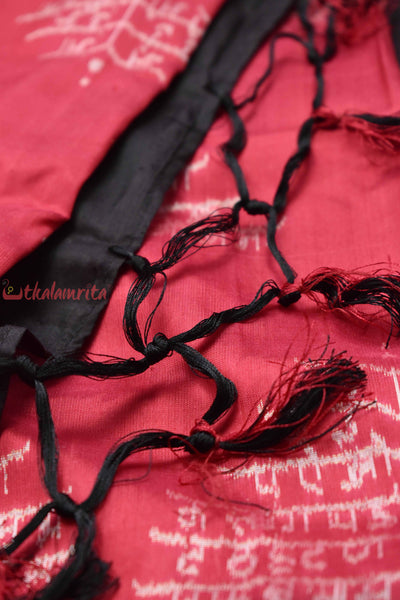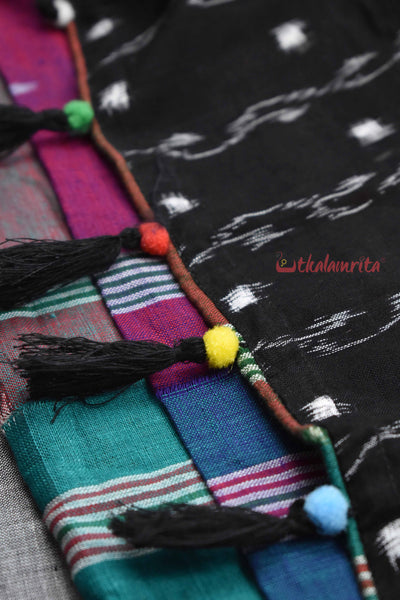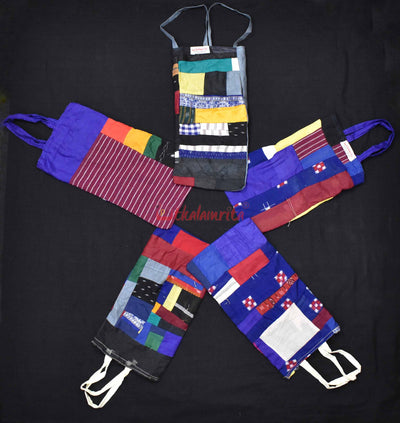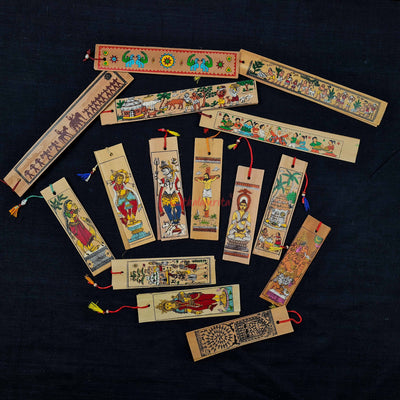









Grey Brown Bandha with Rudraksha (Fabric)
Sambalpuri Bandha Saree & Fabrics from GI (Geographical Indications) document says that Tie & Dye weaving in western Odisha came into existence during 600 BC. In traditional handwoven ikat or baandha, one of warp/weft is tied and dyed prior to weaving (single ikat) or both warp and weft are tie-dyed before weaving (double ikat). Weavers are distributed in Bargarh, Boudh, Sonepur, Bolangir, Nuapada & Sambalpur & some parts of Dhenkanal, Kalahandi, Sundargarh, Jharsuguda districts where Meher community reside. For weaving, traditional pit loom with throw/fly shuttle technique is used. Varieties are Sonepuri, Pasapali, Bomkai, Sachipar, Bichitrapuri, Bapta (Cotton & Silk mixed) etc, sarees and fabrics. Ghagara means small ikat dots made across the fabric. Make this a chic addition to your wardrobe for the scorching summer, or indeed any time of the year! Bandha or Tie and dye is a difficult craft and that our weavers do with such skilled precision, is a commendable thing!

